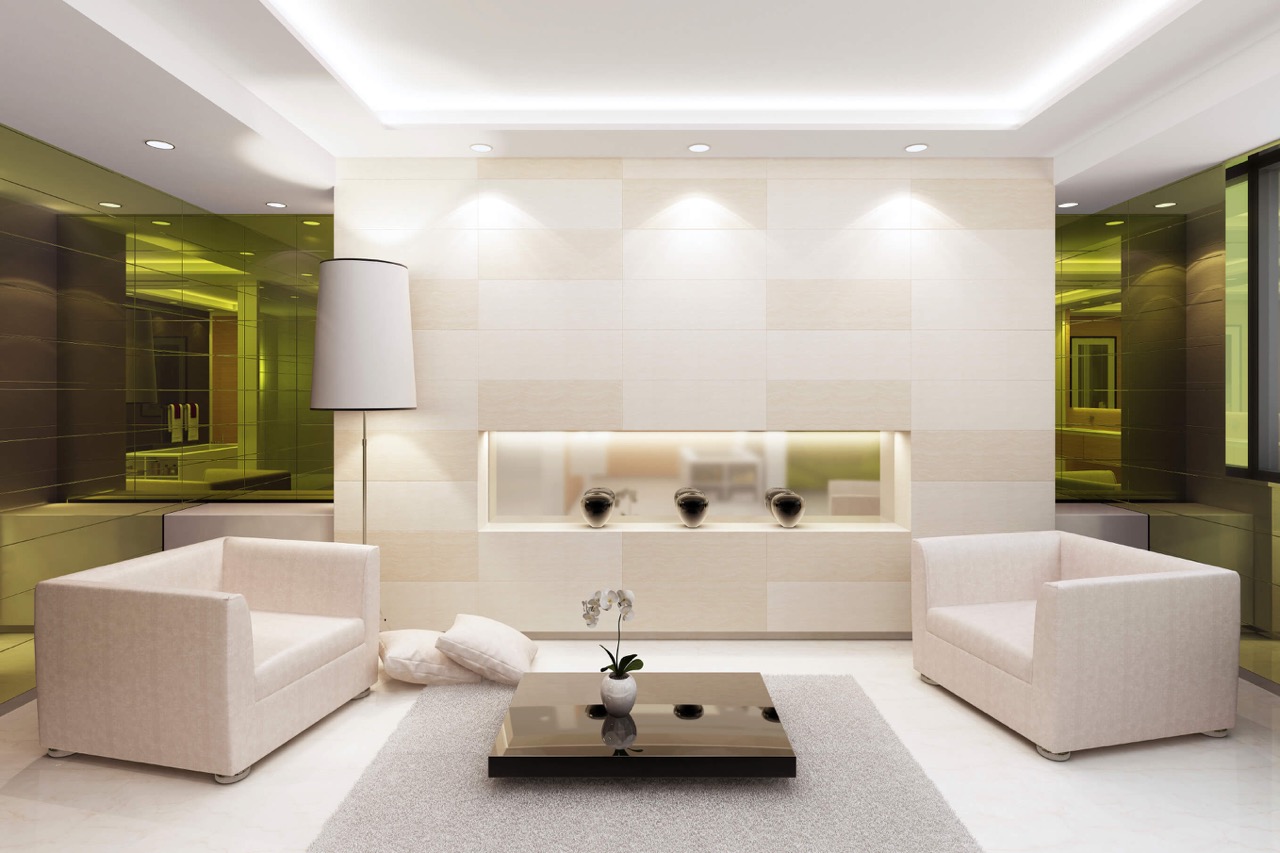

Articles
How To Light Up A Room Without Ceiling Lights
Modified: February 24, 2024
Learn how to brighten up any space without the need for ceiling lights with our informative articles. Discover creative lighting solutions to transform your room today!
(Many of the links in this article redirect to a specific reviewed product. Your purchase of these products through affiliate links helps to generate commission for Storables.com, at no extra cost. Learn more)
Introduction
Lighting plays a crucial role in creating the right atmosphere and ambiance in any room. However, not all spaces come equipped with ceiling lights. Whether you’re living in a rental property with limited lighting options or looking to add some extra flair to a room, there are various ways to light up a space without relying on ceiling lights.
By exploring alternative lighting options, you can create a warm and inviting atmosphere that suits your personal style. In this article, we will discuss different strategies and techniques for lighting up a room without using traditional ceiling lights. From harnessing natural light to utilizing task lighting and incorporating various types of ambient, accent, and decorative lighting, there are plenty of options to transform any space into a well-lit and visually appealing haven.
So, if you’re ready to bring light into your room and illuminate it in creative ways, let’s dive into the many possibilities!
Key Takeaways:
- Maximize natural light through unobstructed windows, light paint colors, and mirrors to create a bright and refreshing atmosphere, making the room feel open and inviting.
- Incorporate task, ambient, accent, and decorative lighting solutions to ensure well-lit and visually appealing spaces that reflect your personal style and enhance everyday activities.
Natural Light Options
One of the easiest and most cost-effective ways to light up a room is by maximizing the use of natural light. Not only does natural light provide a bright and refreshing ambiance, but it also offers numerous health benefits. Here are some strategies to make the most of natural light:
- Unobstructed Windows: Ensure that your windows are clean and unobstructed by furniture or heavy curtains. This allows the maximum amount of natural light to enter the room.
- Sheer Curtains: If privacy is a concern, opt for sheer curtains or blinds that allow light to filter through while maintaining your privacy.
- Mirrors: Strategically place mirrors on opposite walls of a room to reflect and spread natural light throughout the space.
- Light Paint Colors: Choose light-colored paint for your walls to help bounce and reflect natural light, making the room appear brighter and more spacious.
- Skylights or Sun Tubes: Installing skylights or sun tubes in rooms without windows can bring in an abundant amount of natural light and create a stunning focal point in your space.
- Glass Doors or Room Dividers: Utilize glass doors or room dividers to allow light to flow freely between different areas without compromising privacy.
By incorporating these natural light options, you can create an open and airy feel in any room, making it feel more inviting and vibrant.
Task Lighting Solutions
Task lighting focuses on providing specific and concentrated light to facilitate specific activities or tasks. By adding task lighting to a room, you can enhance functionality and ensure that every task is well-lit. Here are some task lighting solutions to consider:
- Desk Lamps: Place a desk lamp on your work surface to provide direct light for reading, writing, or working on a computer.
- Under-Cabinet Lighting: Install under-cabinet lighting in kitchens or study areas to illuminate countertops and provide ample lighting for cooking, studying, or preparing meals.
- Reading Lights: Position reading lights next to your favorite reading chair or bedside table to create a cozy and well-lit reading nook.
- Task Floor Lamps: Use adjustable floor lamps with a focused light source to provide targeted lighting for crafts, hobbies, or any other activities that require precise visibility.
- Task Lighting Strips: Opt for LED strips that can be easily attached under shelves or cabinets to illuminate specific areas in a room.
- Clip-On Lights: Versatile clip-on lights can be attached to various surfaces such as shelves, headboards, or desks, making them ideal for providing additional light wherever it’s needed.
By incorporating task lighting solutions, you can ensure that every task in your room is well-lit and easy to accomplish.
Ambient Lighting Ideas
Ambient lighting sets the overall mood and general illumination in a room. It creates a warm and inviting atmosphere, making the space feel cozy and comfortable. Here are some ambient lighting ideas to consider:
- Wall Sconces: Install wall sconces to provide soft and indirect lighting, creating a soothing and relaxing ambiance in your room.
- Floor Lamps: Place floor lamps in strategic locations to provide diffused lighting and fill the room with a warm glow.
- String Lights: Hang string lights across walls, curtains, or around mirrors to add a touch of whimsy and create a dreamy atmosphere.
- Table Lamps: Position table lamps on side tables or shelves to create a cozy and inviting atmosphere with gentle and diffused lighting.
- Dimmer Switches: Install dimmer switches to easily adjust the level of lighting in the room, allowing you to create the perfect ambiance for any occasion.
- Candles and Candle Holders: Use scented or unscented candles in decorative holders to create a warm and intimate atmosphere.
- Hidden Lighting: Install lighting strips or rope lights under furniture, bookshelves, or behind crown molding to provide subtle and hidden ambient lighting.
- Pendant Lights: Hang pendant lights at various heights to add visual interest and provide ambient lighting in dining areas or as a statement piece in living rooms.
By incorporating these ambient lighting ideas, you can create a cozy and inviting atmosphere throughout your room.
Use floor lamps, table lamps, and wall sconces to add ambient lighting. Place mirrors strategically to reflect natural light and make the room feel brighter.
Accent Lighting Techniques
Accent lighting is used to highlight specific features or focal points in a room, adding depth and visual interest. It creates a dramatic effect and draws attention to certain areas or objects. Here are some accent lighting techniques to consider:
- Spotlights: Use spotlights to illuminate artwork, sculptures, or architectural features, creating a focal point in the room.
- Picture Lights: Install picture lights above paintings or photographs to draw attention to the artwork and showcase it as a centerpiece.
- Track Lighting: Install track lights along walls or ceilings to direct light towards specific areas or objects, such as bookshelves or display cases.
- Display Lighting: Use display lights or strip lights inside cabinets or shelves to showcase decorative items or collectibles.
- Uplighting: Position uplights at the base of walls or below furniture to create a soft and upward glow, enhancing the visual impact of the room.
- Wall Washers: Install wall washers to evenly illuminate an entire wall, creating a visually stunning and vibrant backdrop.
- Outdoor Lighting: Don’t forget to extend accent lighting to your outdoor spaces. Use outdoor spotlights to highlight trees, plants, or architectural features in your garden or patio.
By incorporating these accent lighting techniques, you can add depth, drama, and visual interest to different areas of your room, creating a captivating and dynamic space.
Decorative Lighting Alternatives
Decorative lighting adds a touch of style and personality to a room while serving as a focal point or statement piece. These lighting alternatives not only illuminate but also act as decorative elements in their own right. Here are some decorative lighting alternatives to consider:
- Chandeliers: Install a chandelier as a centerpiece in your living room, dining area, or foyer, adding elegance and a touch of grandeur to the space.
- Pendant Lights: Hang pendant lights in clusters or rows above kitchen islands, dining tables, or in entryways to create a stunning visual display.
- Lanterns: Use lanterns, either in a traditional or modern style, to create a cozy and charming atmosphere both indoors and outdoors.
- String Lights: Arrange string lights in unique patterns or styles to create a whimsical and dreamy ambiance in any room.
- Artistic Light Fixtures: Choose light fixtures that are unique and artistic in design, acting as functional sculptures or works of art themselves.
- Statement Floor Lamps: Select floor lamps with interesting and eye-catching designs to add a touch of sophistication and style to the room.
- Natural-themed Lighting: Incorporate lighting fixtures made from natural materials like bamboo, rattan, or wood to create a warm and organic feel.
- Creative Lampshades: Choose lampshades with intricate patterns, unique textures, or vibrant colors to add a pop of personality to your room.
By incorporating these decorative lighting alternatives, you can enhance the visual appeal of your room while infusing it with your personal style and flair.
Conclusion
Lighting plays a fundamental role in transforming the look and feel of any room. While ceiling lights are a common lighting solution, there are numerous alternatives to light up a space without relying on traditional fixtures. By exploring natural light options, incorporating task lighting solutions, experimenting with ambient and accent lighting techniques, and adding decorative lighting alternatives, you can create a well-lit and visually appealing environment that suits your style and needs.
Maximizing natural light through unobstructed windows, sheer curtains, mirrors, and light paint colors can create a bright and refreshing atmosphere. Task lighting solutions such as desk lamps, under-cabinet lighting, and reading lights ensure that specific tasks are well-illuminated and functional. Ambient lighting ideas like wall sconces, floor lamps, and string lights add a warm and inviting ambiance to the room. Accent lighting techniques using spotlights, picture lights, and track lighting draw attention to focal points and create a dramatic effect. Finally, decorative lighting alternatives like chandeliers, pendant lights, and lanterns serve both functional and decorative purposes, adding style and personality to the space.
As you explore different lighting options, remember to strike a balance between functionality and aesthetics. Consider the purpose of each light source in the room and how it contributes to the overall ambiance. Experiment with different combinations of lighting techniques to create a layered and dynamic environment. And don’t forget to complement your lighting choices with appropriate dimmers and controls to adjust the level of lighting according to different moods and occasions.
By utilizing these strategies and techniques, you can successfully light up a room without ceiling lights and create a captivating and well-illuminated space that reflects your personal style and enhances your everyday activities.
Frequently Asked Questions about How To Light Up A Room Without Ceiling Lights
Was this page helpful?
At Storables.com, we guarantee accurate and reliable information. Our content, validated by Expert Board Contributors, is crafted following stringent Editorial Policies. We're committed to providing you with well-researched, expert-backed insights for all your informational needs.

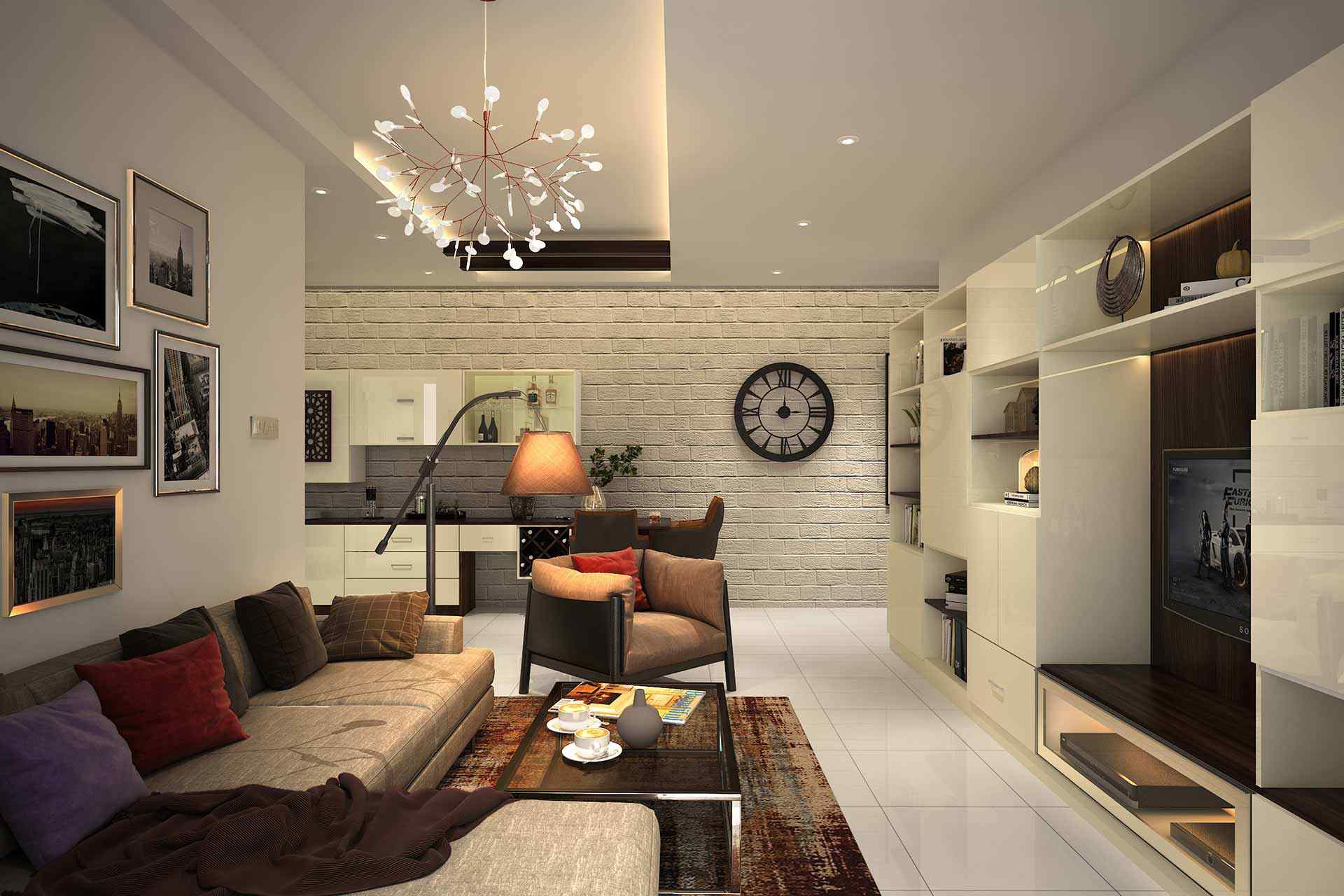
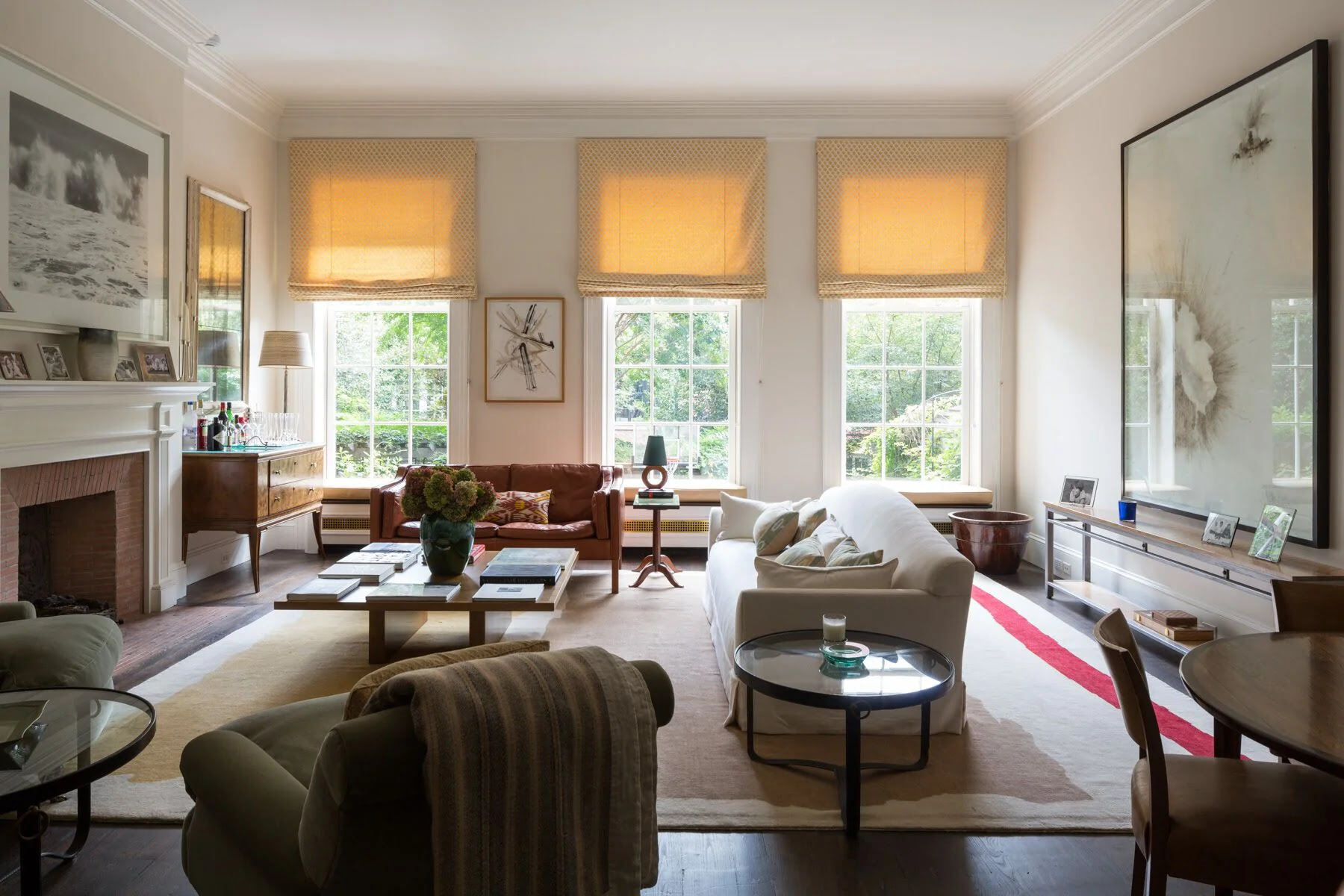
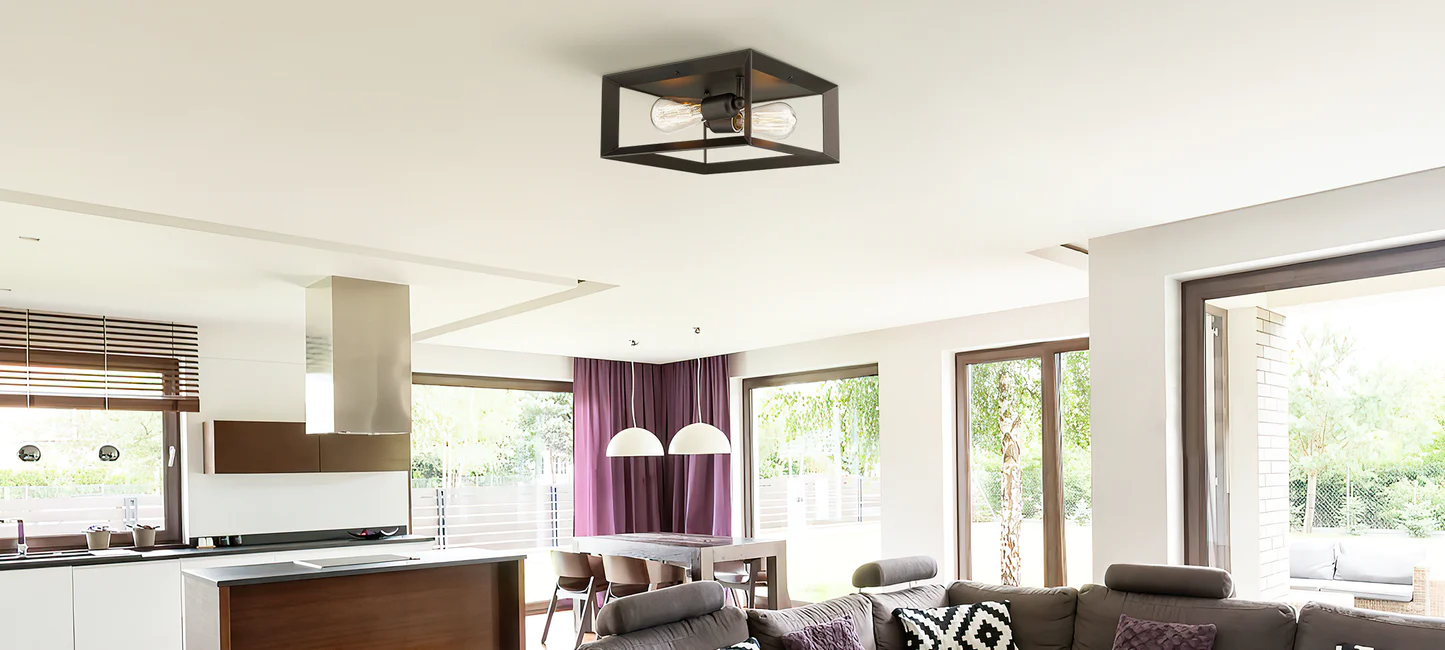
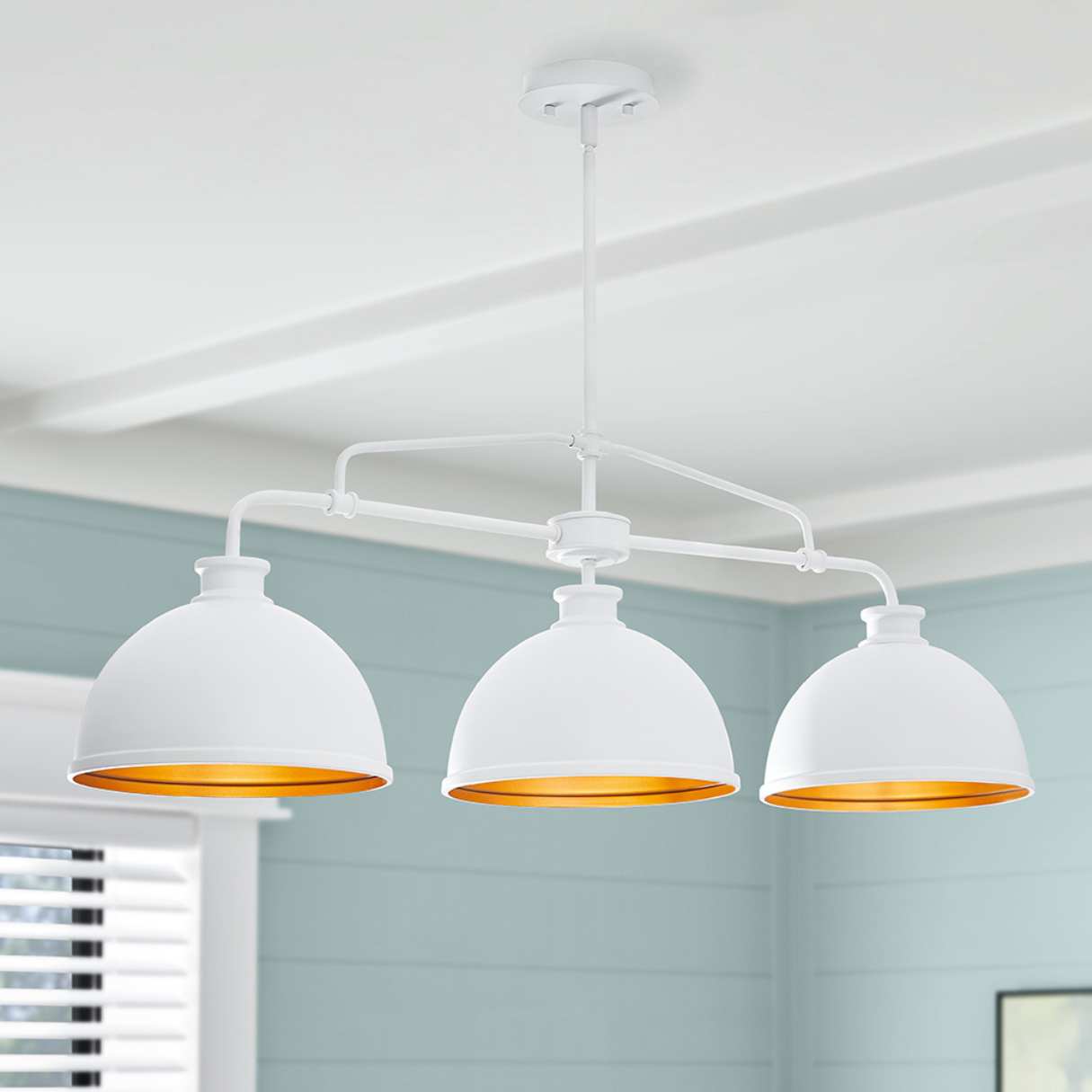
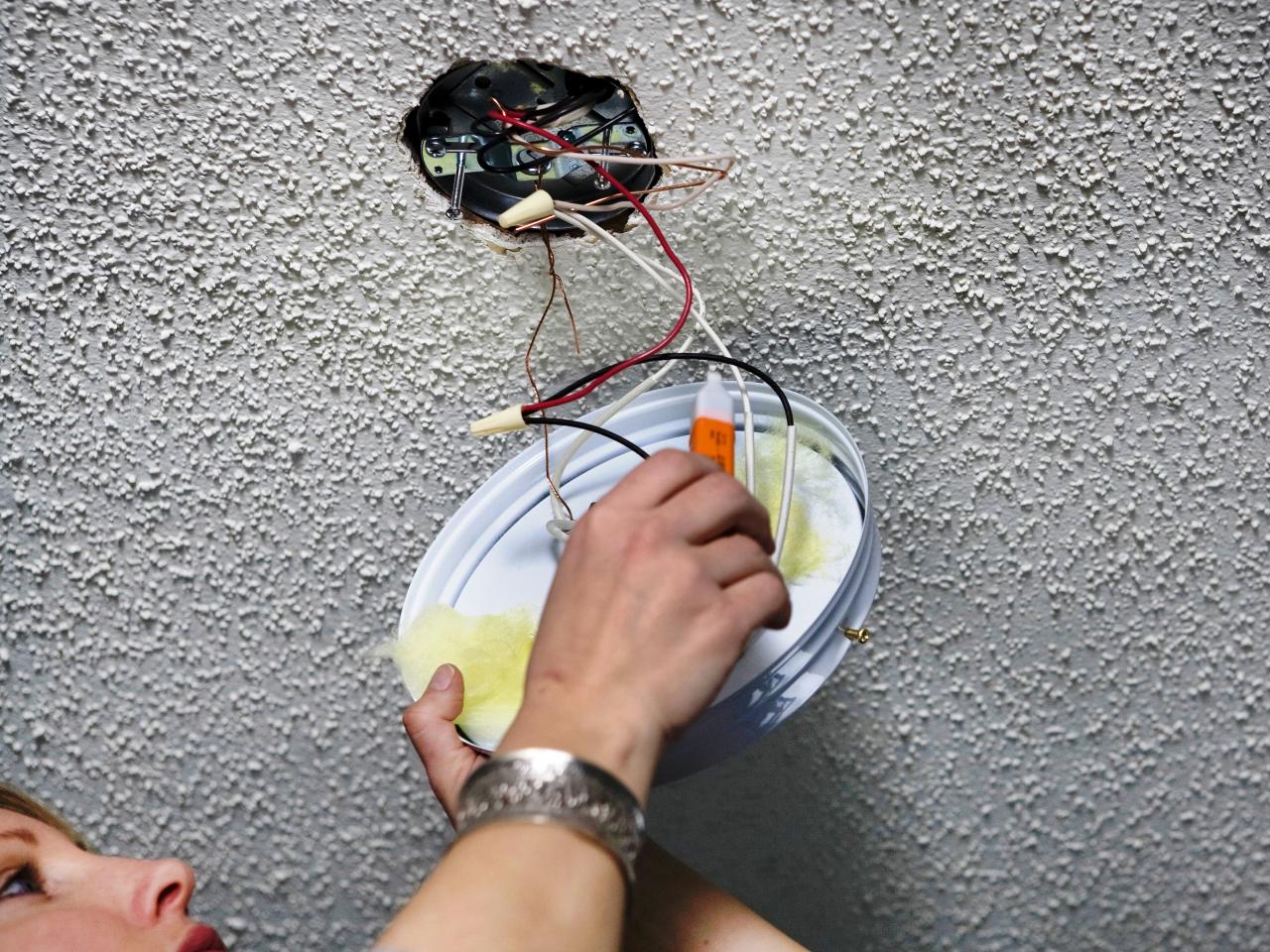
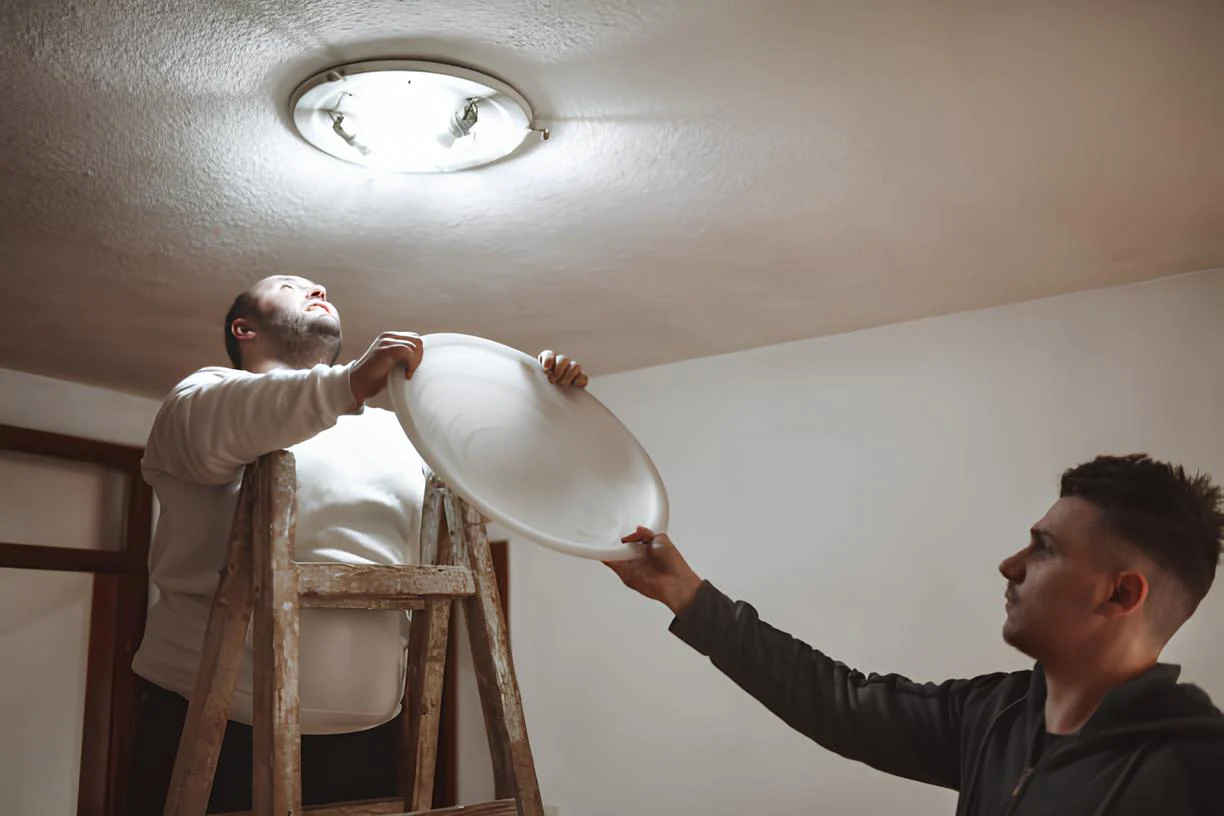


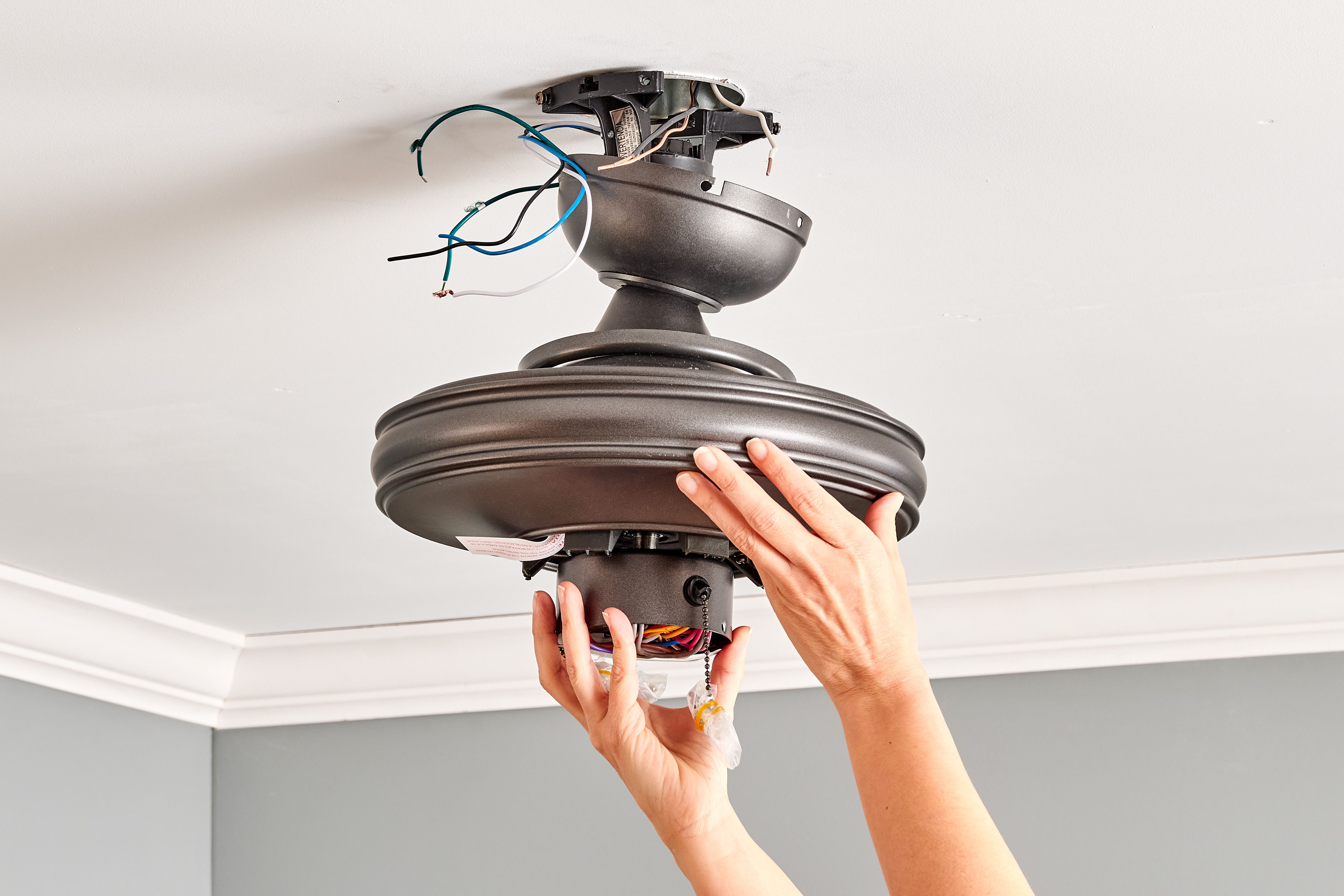


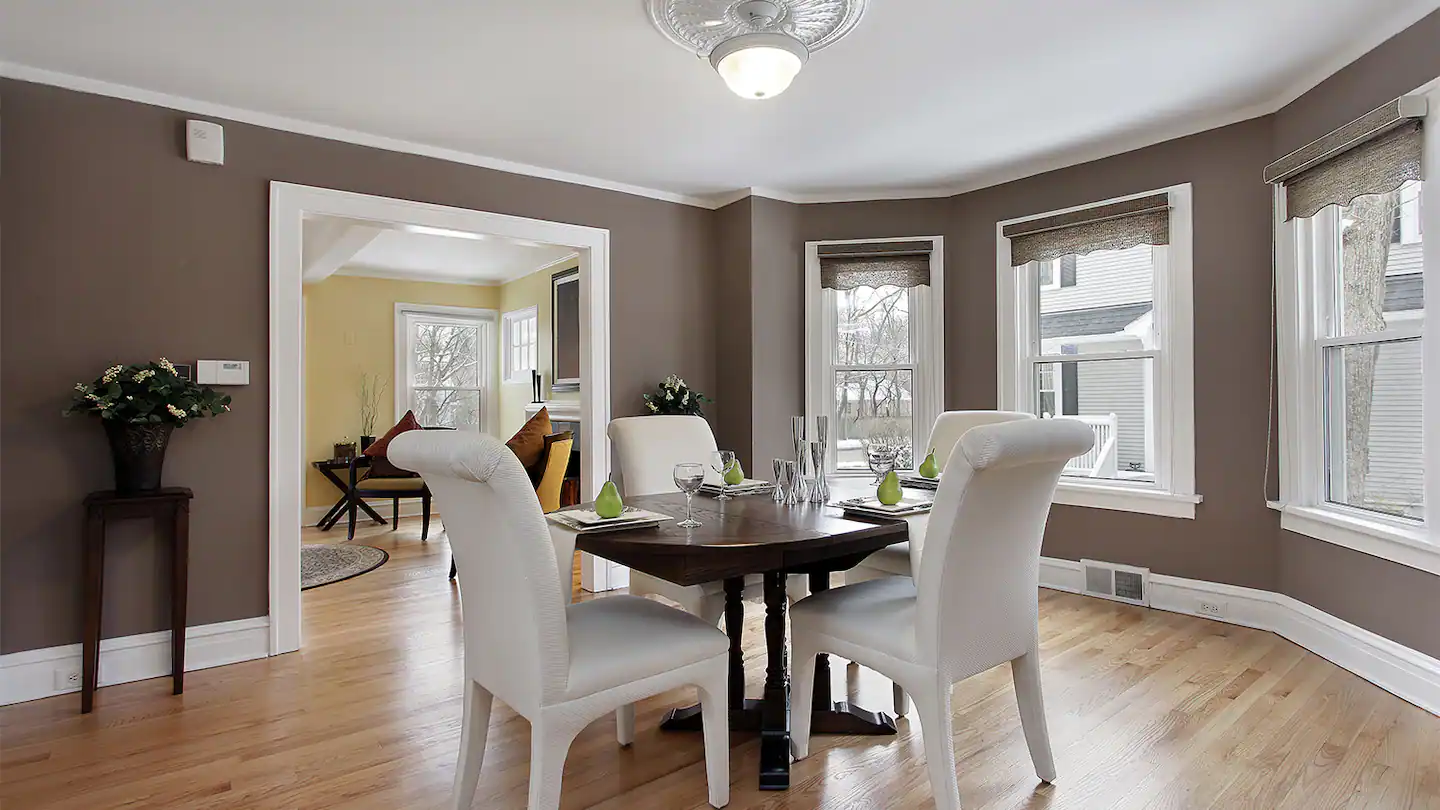
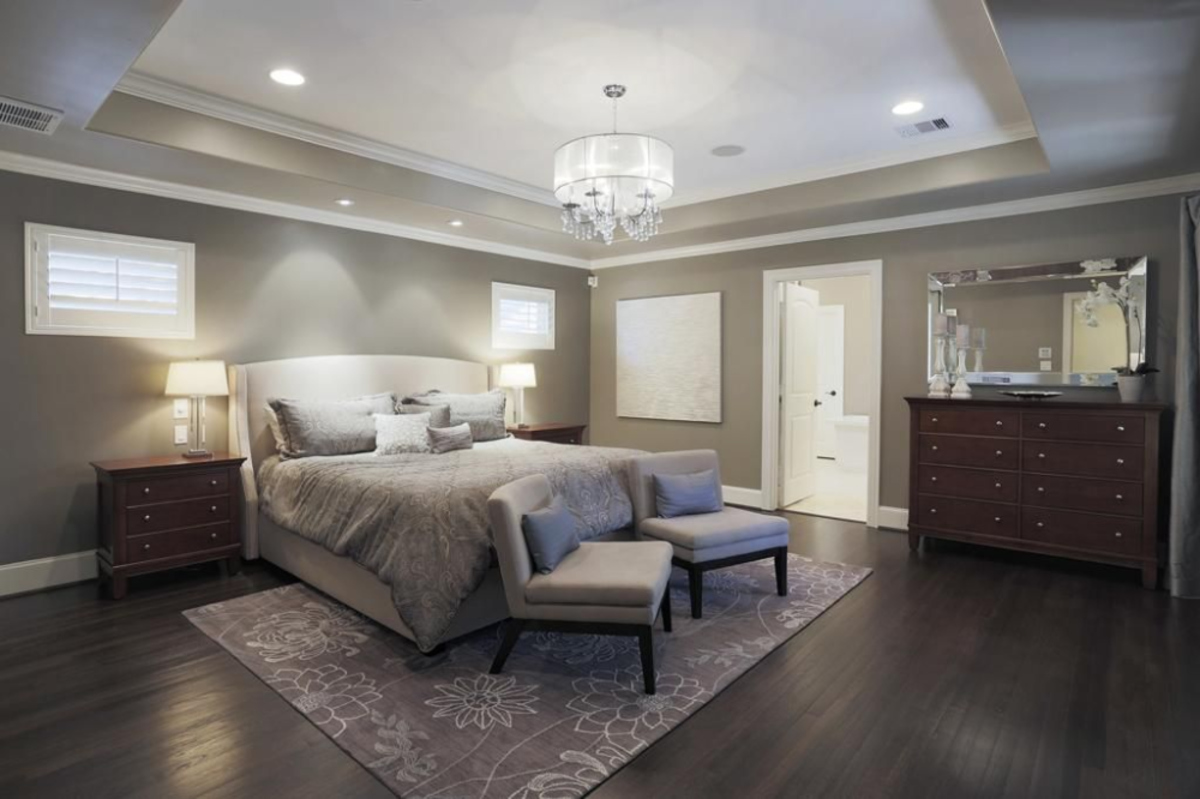

0 thoughts on “How To Light Up A Room Without Ceiling Lights”